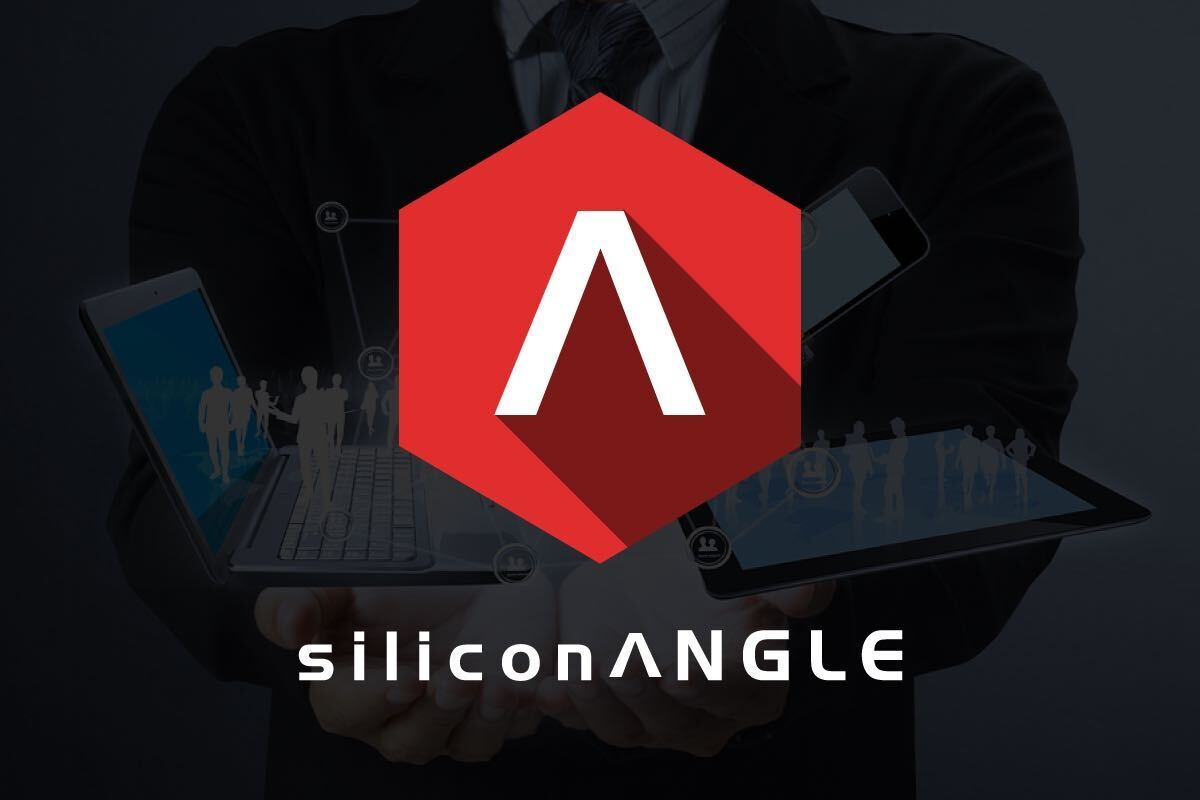


![]() Last month’s OpenStack Enterprise Forum featured a packed agenda studded with presentations and commentary by some of the most influential thought leaders in the industry. However, there was one discussion in particular that stood out among the many highlights of the event: a panel entitled Driving OpenStack Adoption with Nebula head Chris Kemp, HP cloud vice president William Franklin and Dave Wright, the founding CEO of all-flash array maker SolidFire.
Last month’s OpenStack Enterprise Forum featured a packed agenda studded with presentations and commentary by some of the most influential thought leaders in the industry. However, there was one discussion in particular that stood out among the many highlights of the event: a panel entitled Driving OpenStack Adoption with Nebula head Chris Kemp, HP cloud vice president William Franklin and Dave Wright, the founding CEO of all-flash array maker SolidFire.
Kemp, an open source pioneer who led the development of the Nova compute sub-project as the CTO of NASA, dives right in by sharing his perspective on the applicability of the platform in the enterprise. He tells moderator Lydia Leong that OpenStack is starting to cross the chasm into mainstream IT thanks to the efforts of organizations such as CERN and Xerox PARC, which had the “courage” to embrace the technology and define new use cases that deviate from traditional mission-critical workloads such as ERP.
According to Kemp, these early adopters utilize OpenStack to power next generation Big Data and mobile-centric applications that can be deployed across multiple clouds and provide unprecedented availability. The need for business continuity is in itself a major driver behind the transition to new architectures that can withstand outages at the server, rack and even the data center level, functionality that the open source community is working to deliver.
“The thing that enterprises need to realize is we wouldn’t all be here, there wouldn’t be thousands of people trying to solve this problem, if it wasn’t a problem. I think companies are realizing that there is a lot of to be gained by using OpenStack, and they’re willing to make investments in making the technology work and in figuring out ways to move new workloads to OpenStack and not leverage existing commercial technologies to solve these new problems,” Kemp says.
.
One of the top priorities for the ecosystem is enabling interoperability between clouds, which Nebula provides to a degree by only using the common OpenStack APIs in its product and extending support for Amazon EC2 and S3. This approach eliminates vendor lock-in, a risk that is pushing more and more enterprises into adopting open source technologies. And at the end of the day, that is what it all boils down to: addressing user requirements.
Stepping up to the podium, Franklin highlights that business decisions are what drive adoption in organizations. Hewlett-Packard believes that the hybrid cloud will become the dominant computing model and is positioning accordingly with OpenStack, he continues. The technology giant plays an active role in the ecosystem, contributing to projects of interest such as the Heat orchestration layer and incorporating select elements of the platform in its commercial offerings. The goal is to make the software accessible to as wide a range of customers as possible.
“Some people pick it up through a distro like Red Hat and other pick it up through a pre-packaged appliance-type system,” Franklin remarks. “So HP is trying to give customers choice: some of them are gonna build it on their own, some of them are gonna consume cloud products either through a managed service or through a public cloud.”
.
This strategy is apparently paying off: Franklin says that HP is witnessing growing interest in OpenStack solutions among a broad spectrum of organizations, from Fortune 500 companies to government agencies. The executive sees the project playing a central role in ushering in a new era of hybrid computing which he believes will take hold within five to ten years, creating an opening for emerging vendors such as SolidFire.
At present the storage industry is dominated by a handful of established vendors like EMC, which also happens to own a majority stake in VMware, the leading maker of server virtualization software. Wright explains that by allowing users to pick and choose infrastructure components, OpenStack levels the playing field for SolidFire and gives CIOs the freedom to invest in the solutions that best suit their organizations’ needs. He predicts that over time, the marketplace will divide into two major product categories: capacity-optimized disk solutions built to provide inexpensive object storage for workloads such as backup and archiving, and block-based flash systems geared towards powering mission-critical databases and virtualized applications.
“When you get to high-scale, high-performance, highly available block storage, you tend to fall into the realm of proprietary vendors,” Wright details. “But one of the great things about the OpenStack architecture, and Cinder specifically, is that it has a model that allows many different vendors to plug into that. SolidFire as well as others have done that, and there’s a richness in choice there that doesn’t exist as well in other platforms.”
Wright adds that like HP, his firm is seeing an uptick in demand driven partially by the accelerating adoption of OpenStack. SolidFire once sold its arrays almost exclusively to service providers, and now lists a growing variety of traditional enterprises and Internet companies as customers.
Support our mission to keep content open and free by engaging with theCUBE community. Join theCUBE’s Alumni Trust Network, where technology leaders connect, share intelligence and create opportunities.
Founded by tech visionaries John Furrier and Dave Vellante, SiliconANGLE Media has built a dynamic ecosystem of industry-leading digital media brands that reach 15+ million elite tech professionals. Our new proprietary theCUBE AI Video Cloud is breaking ground in audience interaction, leveraging theCUBEai.com neural network to help technology companies make data-driven decisions and stay at the forefront of industry conversations.